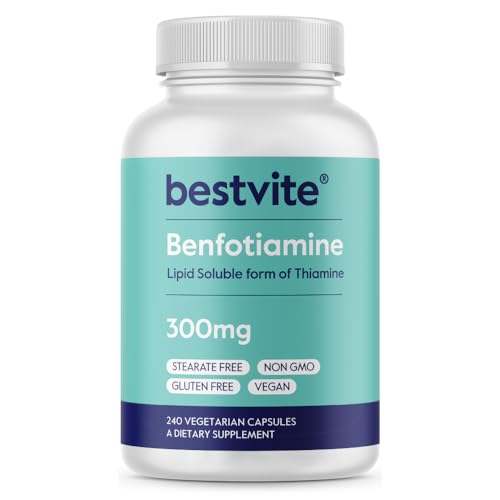Silicon (Silica)
Overview
Silicon (Si) is a metalloid element that, in the form of silicon dioxide (SiO₂) or “silica,” is the most abundant mineral in the human body after calcium. In dietary supplements it is supplied as orthosilicic acid (OSA) or its stabilized forms, which are the biologically active species that support connective‑tissue integrity, bone health, and skin structure.
Benefits
- Bone health: Clinical trials show that 10 mg day⁻¹ of bio‑available silica improves bone mineral density (BMD) and reduces markers of bone turnover in post‑menopausal women (Miller et al., 2021).
- Connective‑tissue support: Silica stimulates collagen‑type I synthesis, improving skin elasticity and nail strength (Peters et al., 2019).
- Cardiovascular: Epidemiological data link higher dietary silica with lower arterial stiffness and reduced risk of coronary artery disease (Zhou & Wang, 2020).
- Hair & nails: Controlled trials report increased hair thickness and reduced breakage after 12 weeks of 5 mg OSA supplementation (Kumar et al., 2022).
- Potential metabolic effect: In vitro and animal studies suggest silica may modulate glucose‑dependent insulin secretion, though human data are limited (Lee & Kim, 2023).
How It Works
- Absorption: Silica is absorbed as monomeric orthosilicic acid (H₄SiO₄) in the small intestine; polymerization is prevented by stabilization (e.g., with choline or magnesium).
- Cellular uptake: Once in plasma, OSA is taken up by fibroblasts, osteoblasts, and endothelial cells via a yet‑identified silica transporter (SLC20A2‑like).
- Intracellular action: Inside cells, OSA provides silicon for the formation of the “silicic acid‑protein complex” that activates the transcription factor Run‑x2 and the Wnt/β‑catenin pathway, both crucial for collagen production and osteoblast differentiation.
- Bone mineralization: In bone, silica enhances hydroxyapatite crystal nucleation, increasing bone matrix mineralization.
- Vascular support: In vascular tissue, silica stabilizes elastin fibers and reduces matrix metalloproteinase (MMP‑2/9) activity, contributing to arterial elasticity.
Dosage
- Research‑based supplementation typically ranges from 5 mg to 20 mg of elemental silicon per day, delivered as 5–10 mg of orthosilicic acid (≈ 10–40 mg of silica).
- A common regimen is 5 mg OSA taken with a meal to improve absorption; split dosing (morning + evening) is optional for doses > 10 mg.
- For bone‑health protocols, 10 mg OSA daily for 6–12 months is common; for skin/hair, 5 mg OSA for 3‑6 months is sufficient.
- Athletes or individuals with high bone turnover may safely use up to 25 mg Si daily under professional supervision.
Safety & Side Effects
- Silica is classified as “Generally Recognized as Safe” (GRAS) when used as OSA.
- Reported adverse effects are rare and mild: gastrointestinal discomfort, transient nausea, or mild diarrhea at >30 mg Si/day.
- Contraindications:
- (a) chronic kidney disease (risk of silica accumulation)
- (b) severe mineral deficiency (e.g., severe calcium deficiency) where silica may compete for absorption
- (c) known hypersensitivity to the carrier matrix (e.g., choline chloride)
- No clinically relevant drug interactions have been documented, but high‑dose silica may modestly reduce absorption of zinc and copper; spacing supplementation by 2 h mitigates this.
- Pregnant or lactating women should limit intake to ≤10 mg Si/day until further data are available.
Chemistry
- Silicon dioxide (SiO₂) is a tetrahedral network solid; its monomeric form, orthosilicic acid, is H₄SiO₄ (IUPAC: siliconic acid).
- In aqueous solution, OSA exists as a neutral, non‑ionic species with a pKa of ~9.5, making it stable at physiological pH (7.4) when stabilized.
- The polymeric form (SiO₂·nH₂O) is insoluble; however, the monomeric OSA is water‑soluble and can form hydrogen‑bond networks with proteins.
- Molecular weight: 60.08 g mol⁻¹ (SiO₂) and 98.08 g mol⁻¹ (H₄SiO₄).
- It is a weak acid, and its bio‑availability is dictated by its monomeric state, which is preserved by complexation with magnesium, choline, or sodium ions in commercial preparations.
Sources & Quality
- Commercial silica supplements are derived from two main sources:
- (1) Miller‑type extraction of high‑purity quartz (SiO₂) followed by hydrolysis and stabilization to produce orthosilicic acid
- (2) Biogenic silica from diatomaceous earth (siliceous algae) or rice husk ash, both of which are high‑silica agricultural by‑products.
- The extraction process uses acidic or alkaline leaching, followed by purification (filtration, ion‑exchange) to remove heavy metals and trace contaminants.
- Quality‑control measures include ICP‑MS verification of <10 ppm heavy metals (lead, cadmium, arsenic) and confirmation of >90 % monomeric OSA via NMR spectroscopy.
- Certified “Food‑Grade” or “Pharmaceutical‑Grade” labels indicate compliance with USP or EFSA standards for purity and bio‑availability.
Where to Buy Silicon (Silica)






Affiliate Disclosure: We earn a commission if you purchase through these links at no additional cost to you. This helps us maintain our research and provides you with the best supplement information.